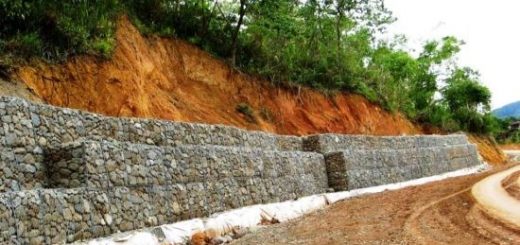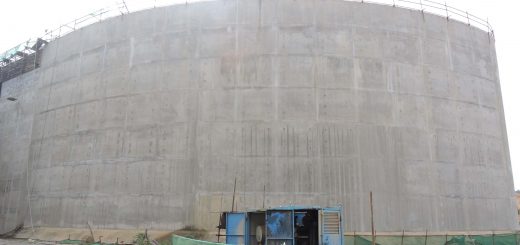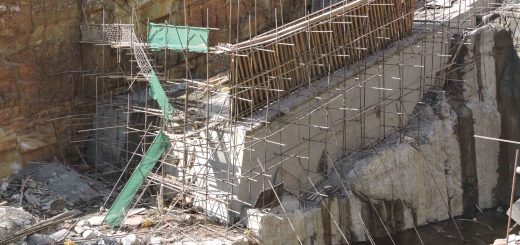Lateral Earth Pressure Coefficient
Lateral earth pressure coefficient are considered when earth retaining structures are designed. Depending on the lateral movement of the soil and the structure, they are categorized into three types.
This is mainly done considering the rotation of the structure with respect to the existing ground profile.
Three categorize of earth coefficients are as follows.
1. Coefficient of at-rest earth pressure
2. Coefficient of active earth pressure
3. Coefficient of passive earth pressure
There are different methods of obtaining these coefficients. Efferent literature can be found for calculating the earth pressure coefficients. The following figures show some of the methods that can be used to find the coefficients.
Figure 01: Variation of Lateral Earth Pressure Coefficients
Figure 01 and Figure 02 are extracted from different publications. Figure 02 is in EM 1110 – 2 – 2502.
Both the publications indicate methods of finding the earth pressure coefficients. However, figure 01 shows clearly the variations of the earth pressure coefficient in the at-rest condition.
Figure 02: Variation of Lateral Earth Pressure Coefficients
In addition to the above, there are other methods also to calculate the earth pressure coefficients. According to the type of soil (sand and clay), we can find each coefficient from either the Coulomb method or the Rankine method.
The Rankine method is simple compared with the Coulomb method. The method of calculating earth pressure coefficients for the Rankine method is elaborate here.
At Rest
Ko = 1-sinφ
Most of the engineers face the problem of deciding when should we apply the at-rest condition.
In simple terms, if the structure does not rotate or if we do not want to allow the rotation of the structure, we should design for the at-rest condition.
In addition, if the structure is not capable of moving(rotating) due to some obstruction (due to a floor, due to props or any other reason), we should consider the at-rest condition for the design.
Active Pressure
Ka = (1-sinφ) / (1+sinφ)
If the wall is in an active state we can apply this pressure coefficient for the design.
Passive Pressure
Kp = (1+sinφ) / (1-sinφ)
If the wall is in a passive state, we can use this coefficient to calculate the earth pressure.
It should be noted that the design engineer should make sure the fully mobilization of passive pressure.
As indicated in figure 01 and figure 02, there should be a rotation to mobilize the pressure.
Depending on the rotation of the wall, the pressure coefficient varies.
Therefore we should be very careful if we used the values obtained from the above equation.
If there are uncertainties, it is advisable to have some reduction of Kp value.



